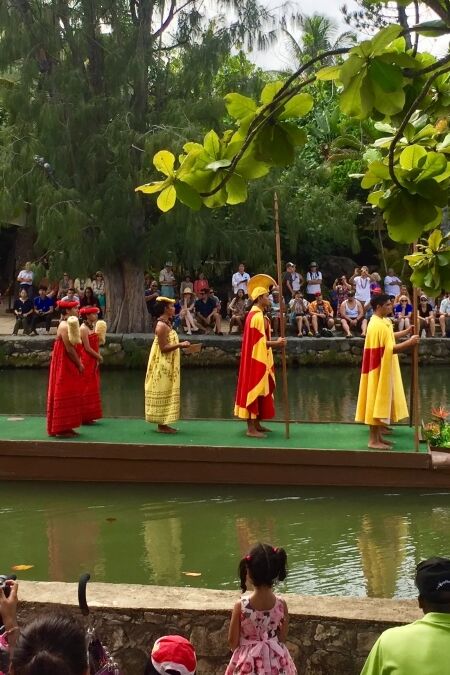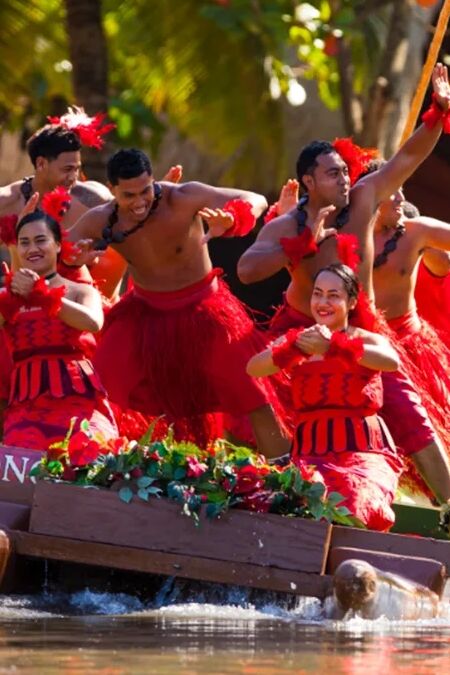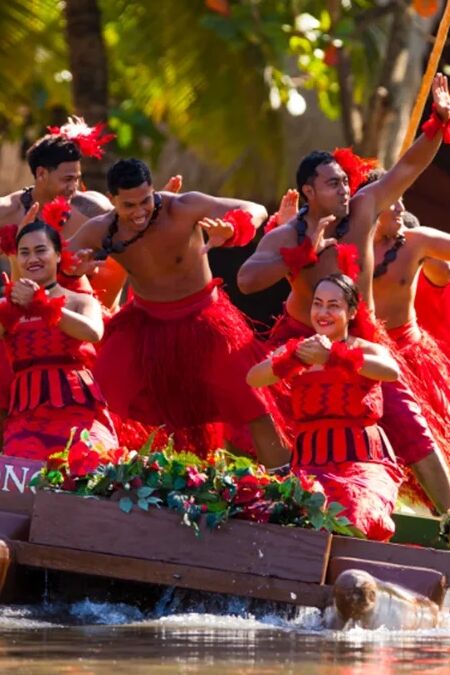As Hawaii’s top cultural attraction, the PCC not only educates visitors about the diverse Polynesian cultures but also provides immersive experiences through its interactive villages, performances, and exhibits. Planning your visit to this renowned cultural landmark is essential to fully appreciate its offerings and make the most of your experience. In this article, we will guide you through essential tips for first-time visitors, covering everything from securing tickets to participating in traditional activities, ensuring you have a memorable and enriching visit.
Planning Your Visit
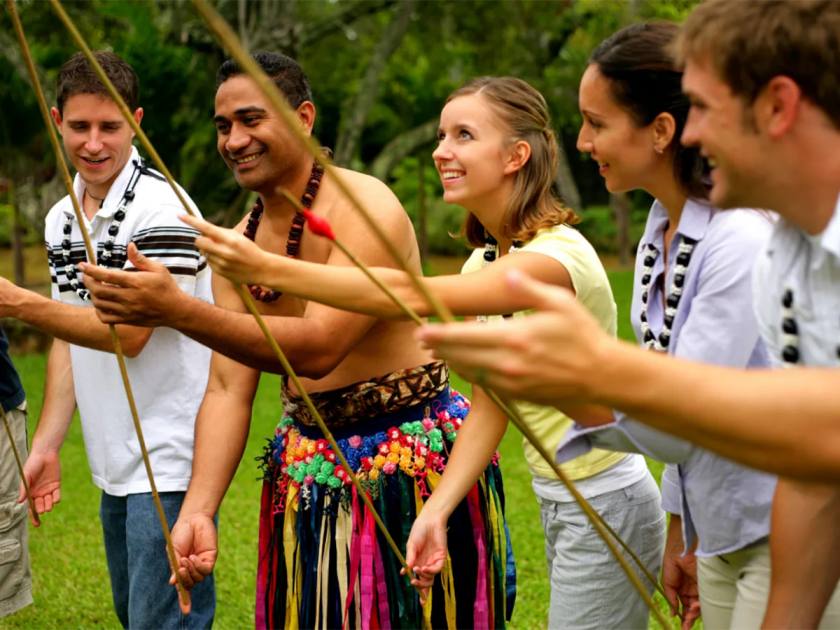
Best Time to Visit
To make the most of your visit to the Polynesian Cultural Center, consider planning your trip during the less crowded spring or fall months. The weather during these seasons is typically mild, enhancing your outdoor experience. If possible, aim to visit on weekdays or arrive early in the morning or later in the afternoon to avoid peak visitor times, which can greatly improve your ability to explore the center at a leisurely pace without the pressure of large crowds.
Tickets and Packages
The Polynesian Cultural Center offers a variety of ticket options and packages that cater to different interests and needs. From basic entry tickets to all-inclusive packages that include meals and special shows like the renowned “Hā: Breath of Life” night show, there is something for everyone. Discounts are often available for early bookings, large groups, or through special promotions, so reviewing the options on the official website or contacting the ticket office can provide savings.
Tips on Booking in Advance
Booking your tickets in advance is highly recommended to secure your spot and potentially save on costs. Advance tickets ensure that you have access to exclusive events and performances that may sell out, particularly during high season or on weekends. Furthermore, pre-booking can also yield better deals on packages, allowing for a more curated and stress-free experience.
Transportation and Parking
Getting to the Polynesian Cultural Center is straightforward whether you choose to drive or use public transportation. If you opt to drive, the center provides ample parking, though arriving early is advisable as spaces can become scarce during busy times. For those preferring not to drive, several bus lines and tour companies include stops at the center in their routes, making them a convenient option. Additionally, utilizing these services can add to the overall experience by reducing the stress of navigation and parking.
What to See and Do
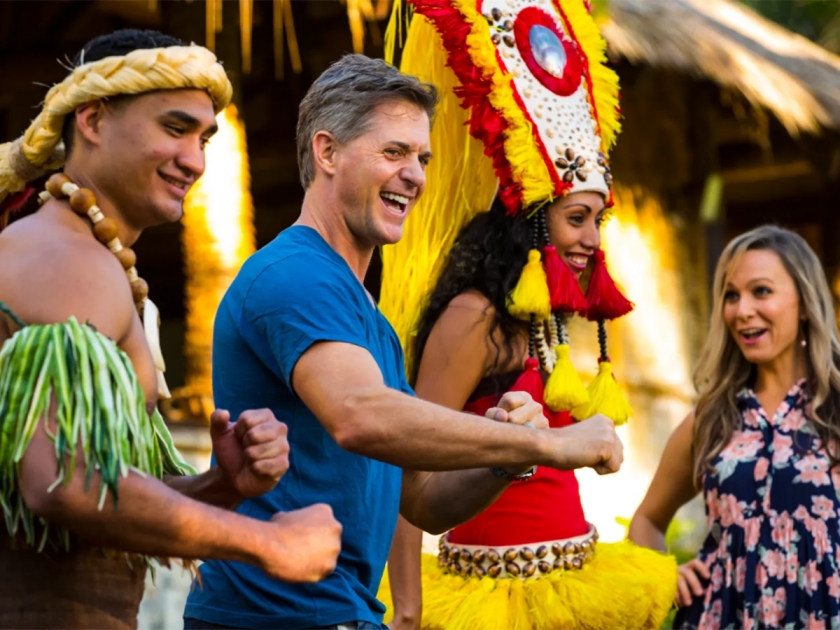
Village Tours
One of the highlights of the Polynesian Cultural Center is the village tours, where visitors can explore authentic recreations of traditional villages from various Polynesian locales such as Samoa, Tonga, and Fiji. Each village offers a unique glimpse into the daily life and customs of its culture through interactive experiences, traditional homes, and live demonstrations by villagers dressed in period attire.
Shows and Performances
The Polynesian Cultural Center is renowned for its spectacular shows and performances, which vividly bring to life the traditions of Polynesia. Among these, the “Hā: Breath of Life” show is a standout, featuring over 100 performers in an epic narrative with fire dancing, traditional music, and incredible storytelling. In addition to this nightly show, the center offers a variety of cultural demonstrations throughout the day, including music, dance, and historical reenactments, each providing a deep dive into the vibrant cultures of the Pacific Islands.
Interactive Activities
To enrich your visit, participate in the variety of interactive activities available at the Polynesian Cultural Center. Engage in hands-on experiences such as firemaking, hula dancing, and ukulele lessons. These activities not only offer fun for all ages but also provide a meaningful connection to Polynesian culture by teaching skills and crafts under the guidance of native experts. Whether you’re weaving a basket or dancing to the rhythm of a Polynesian beat, these workshops are an enjoyable and educational part of cultural immersion.
Dining Options
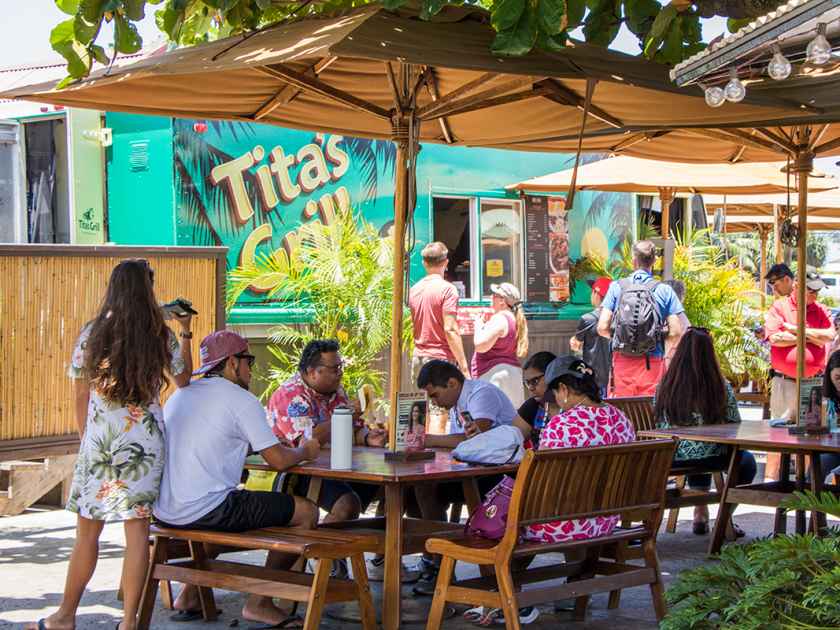
Restaurants and Eateries
The Polynesian Cultural Center caters to a variety of tastes and dining preferences with its array of onsite restaurants and eateries. From formal dining experiences that offer exquisite menus inspired by the rich flavors of the Pacific Islands to casual spots perfect for grabbing a quick bite between activities, there is something to satisfy every appetite. The Ali’i Luau provides a traditional feast along with entertainment in a festive setting, while smaller cafes and snack stands offer everything from light refreshments to hearty meals, ensuring you’re never far from a delicious dining option.
Special Dietary Needs
Understanding the diverse dietary needs of its visitors, the Polynesian Cultural Center provides a range of options to accommodate special dietary requirements. Many of its restaurants and food stations offer vegetarian, vegan, and gluten-free choices, clearly marked for convenience. Guests with specific dietary restrictions can also speak to food service staff about their needs, as the center strives to ensure that all guests have access to enjoyable and safe dining options that meet their personal health or dietary preferences.
Cultural Etiquette and Tips
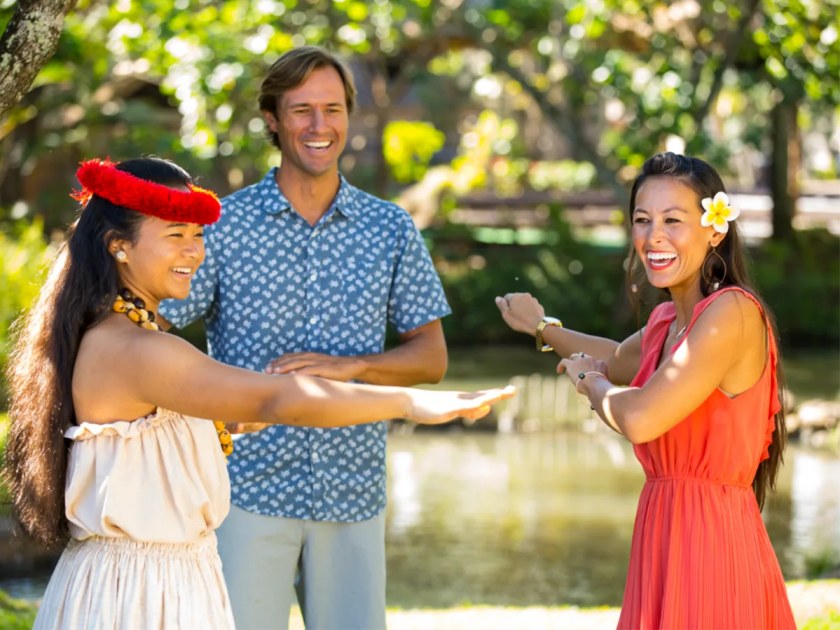
Respecting Local Traditions
Visiting the Polynesian Cultural Center is an opportunity to immerse yourself in the rich tapestry of Pacific cultures, and respecting local traditions is paramount. Visitors are encouraged to engage with the exhibits and activities with sensitivity and awareness. It’s important to listen carefully to the guides, ask permission before taking photographs, especially during sensitive cultural rituals, and participate in activities with respect. By observing these practices, visitors contribute to a respectful environment that honors the cultural heritage and the people who share it.
What to Wear
When visiting the Polynesian Cultural Center, dressing appropriately is both a sign of respect and a practical necessity. Lightweight, comfortable clothing suitable for the warm, often humid weather of Hawaii is recommended. For footwear, opt for comfortable shoes suitable for walking throughout the day. It’s also a good idea to bring a hat and sunscreen for protection against the sun. Modest attire is appreciated, especially when participating in cultural activities or entering sacred areas, as it shows respect for the local customs and traditions.
Enhancing Your Experience
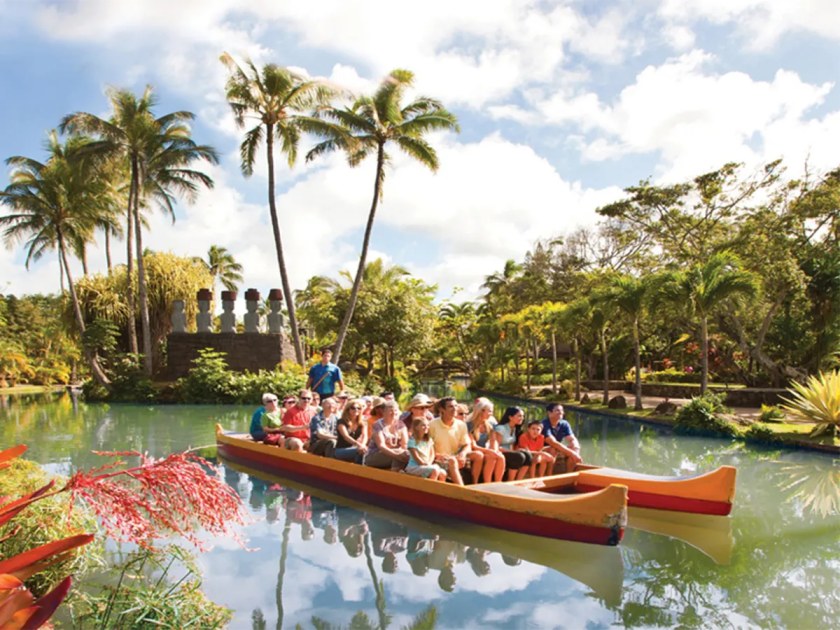
Language Tips
Enhancing your experience at the Polynesian Cultural Center can start with learning a few basic words or phrases in the native Polynesian languages. Simple greetings such as “Aloha” (hello) and “Mahalo” (thank you) in Hawaiian, or “Talofa” (hello) in Samoan, can go a long way in showing respect and goodwill towards the local staff and performers. The center often provides language guides or short lessons in their cultural presentations, which can enrich your understanding and interaction with the diverse cultures represented at the center.
Photography
Photography at the Polynesian Cultural Center is not only allowed but encouraged, with a few etiquette guidelines to ensure that it is done respectfully. Always ask for permission before taking photos of individuals, especially during cultural performances. As for capturing the beauty of the center, some of the best spots include the lagoon reflections during the evening light, the vibrant architecture of the Samoan village, or the dynamic action at the Maori Haka dance presentation.
Beyond the Center
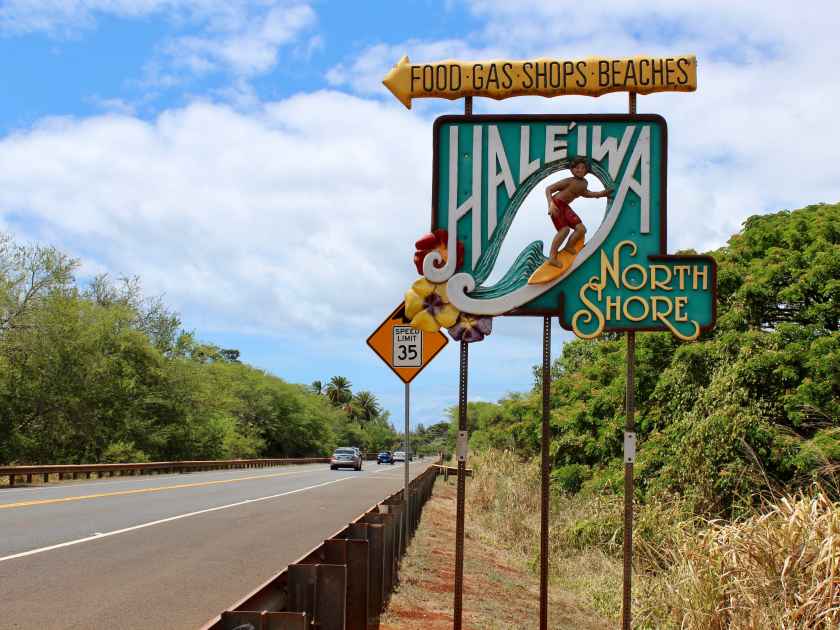
Nearby Attractions
Beyond the Polynesian Cultural Center, the North Shore of Oahu offers a wealth of attractions that can easily be included in your day’s itinerary. The famous surfing beaches like Waimea Bay and Sunset Beach provide spectacular sights and a taste of the local surf culture, especially during the winter months when the waves are most formidable. For a quieter experience, the quaint town of Haleiwa is full of local shops, art galleries, and eateries that showcase the laid-back lifestyle of the area. Additionally, Brigham Young University-Hawaii offers cultural and educational experiences, often hosting events open to the public.
Accommodation Options
When visiting the Polynesian Cultural Center, there are numerous accommodation options nearby to suit a variety of preferences and budgets. For a comfortable stay, consider hotels like Courtyard by Marriott Oahu North Shore, which is conveniently located just minutes from the center. For a more intimate experience, local homestays and B&Bs in Laie and the surrounding communities provide a homely feel with local hospitality. These accommodations not only offer a place to rest but also an opportunity to further immerse yourself in Hawaiian culture and hospitality.
Ensure a Well-rounded and Unforgettable Experience!
Maximizing your visit to the Polynesian Cultural Center involves careful planning and an open heart. From selecting the best time to visit to engaging respectfully with the diverse Polynesian cultures presented, each step enriches your experience. Remember to explore the various villages, enjoy the dynamic performances, and participate in the interactive activities available. We encourage you to fully immerse yourself in the vibrant traditions and warm hospitality of the Pacific Islands.


